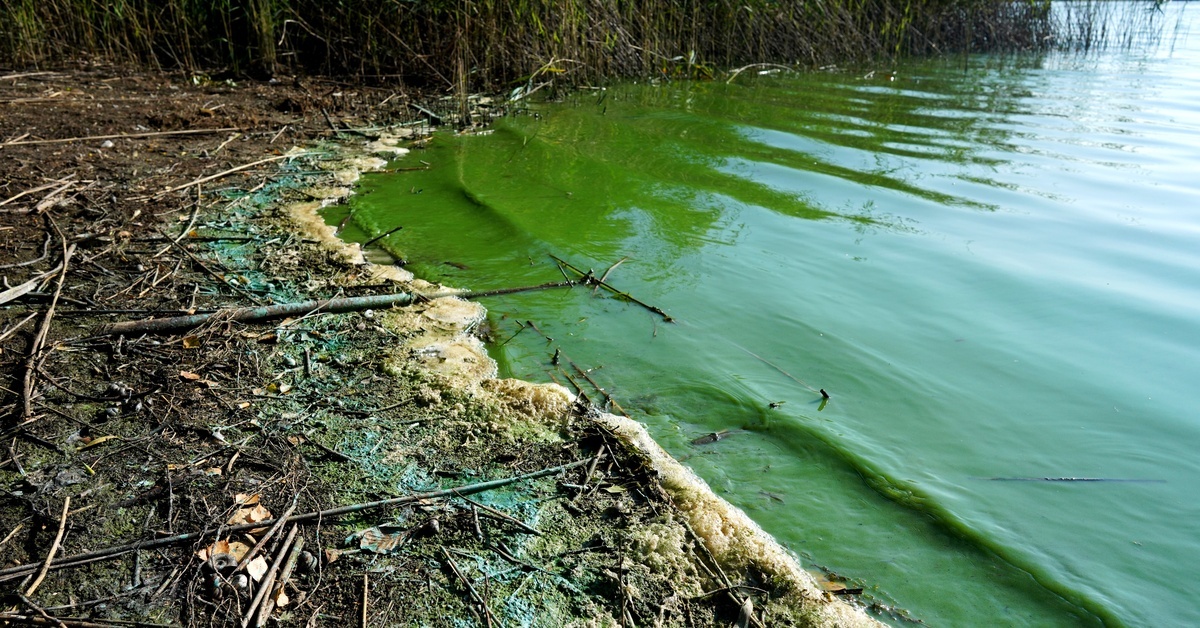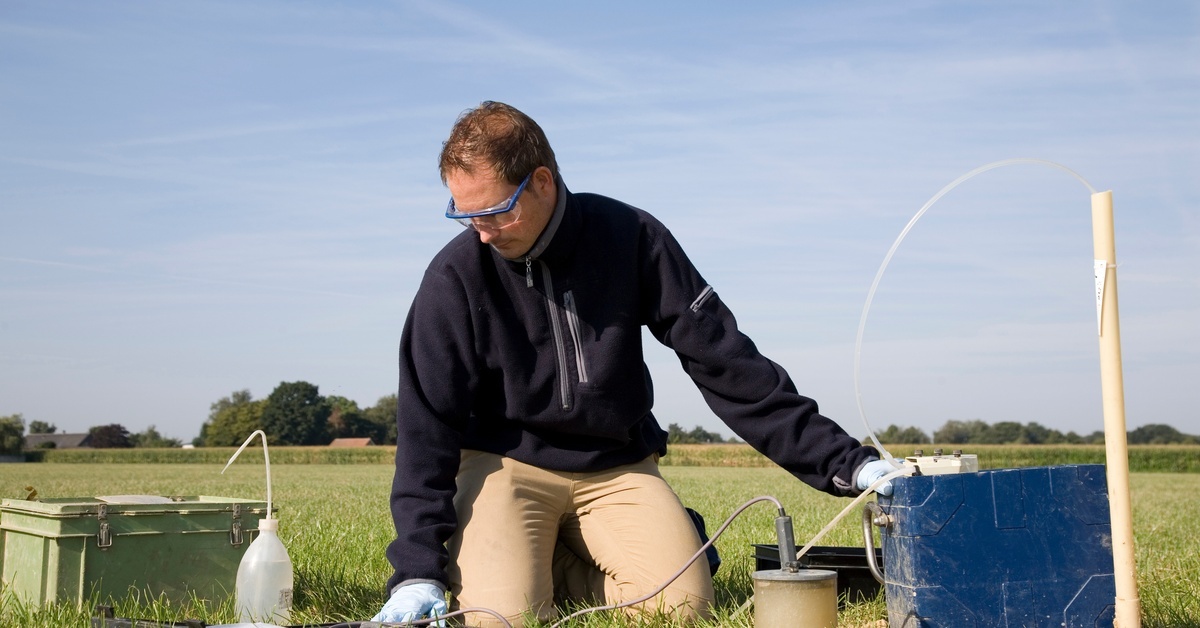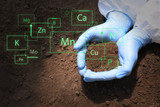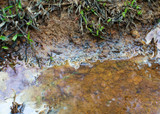How Sampling Helps Track Groundwater Pollution Levels
Groundwater is an essential resource that plays a critical role in supplying drinking water, supporting agricultural operations, and fueling industrial processes. Yet, the presence of contaminants in groundwater has increased due to agricultural runoff, industrial waste, and urban development. This contamination poses serious risks to human health and ecosystems.
Understanding how sampling helps track groundwater pollution levels is important for tracking contamination levels, identifying the sources of pollution, monitoring changes over time, and ensuring the success of remediation efforts. Let’s explore the significance of groundwater sampling, the methods and tools employed, and the emerging trends shaping the future of this vital process.
The Role of Groundwater Sampling in Environmental Monitoring
Groundwater sampling forms the foundation of monitoring and managing aquifer health. It provides essential data regarding contaminant concentrations, aquifer recharge, and pollutant plume dynamics. Accurate sampling helps hydrogeologists pinpoint contamination sources, define the boundaries of polluted areas, and assess the effectiveness of groundwater remediation efforts.
Repeated sampling provides valuable temporal data that reveals trends in contamination, whether they’re seasonal, episodic, or indicative of long-term changes in water quality. Advanced analytical techniques are frequently used to measure water quality parameters, including total dissolved solids (TDS), redox potential (Eh), conductivity, and total organic carbon (TOC). These measurements help determine the extent of contamination and guide mitigation strategies, ensuring compliance with environmental regulations.
Different Groundwater Sampling Methods

The choice of sampling method depends on numerous factors, including the type of contamination, site characteristics, and the study’s objectives. Each technique has its advantages and limitations that are suitable for varying monitoring needs.
Grab Sampling
Grab sampling involves collecting a single water sample at a specific point in time, typically for preliminary assessments or short-term investigations. While this method is simple and straightforward, it only provides a snapshot of water quality at that moment. It’s subject to short-term fluctuations, such as those caused by rainfall or human activities, and may not capture episodic contamination events, especially in areas with variable groundwater flow.
Composite Sampling
Composite sampling aggregates multiple individual samples taken over time or from various locations to create an average representation of water quality. This method is particularly useful for monitoring large groundwater systems or extensive land-use areas. However, composite sampling can mask localized contamination events, especially for pollutants with high temporal variability. To address this, spatially targeted sampling may be employed to obtain more detailed data on specific contamination hotspots.
Passive Sampling
Passive sampling methods, including diffusion bags and sorptive samplers, provide a continuous monitoring solution without the need for active pumping. These samplers accumulate contaminants over extended periods, offering time-weighted averages that reflect ongoing environmental conditions. Passive sampling is particularly effective in low-flow environments or sites where disturbance of the water column is undesirable. It’s also valuable for detecting trace concentrations of contaminants in remote or difficult-to-access areas.
Groundwater Monitoring Equipment
Effective groundwater sampling requires specialized equipment designed to preserve sample integrity, minimize contamination, and provide accurate, real-time data. Submersible pumps are commonly used to extract water from monitoring wells at predetermined depths, ensuring that samples reflect the aquifer’s actual conditions. Low-flow sampling techniques are often used to minimize disturbance and maintain sample purity.
Peristaltic pumps, ideal for shallow wells, use suction to collect samples, making them especially suitable for environments where precision is essential. For deeper wells, bladder pumps offer more controlled flow rates, reducing sample turbulence.
In addition to traditional pumps, cutting-edge groundwater monitoring equipment, like piezometers, measures the hydraulic head of groundwater, aiding in the assessment of aquifer pressure and groundwater flow dynamics.
Challenges in Groundwater Sampling

Groundwater sampling presents several challenges that can affect the accuracy and reliability of data. One of the most significant obstacles is aquifer heterogeneity, which refers to the variation in subsurface geology that can lead to highly inconsistent water quality. Site accessibility issues, such as rough terrain, urban encroachment, or fluctuating water tables, can also complicate the sampling process.
Sampling from low-yield wells or fractured bedrock aquifers presents unique difficulties due to the complex flow of groundwater and varying water quality. Additionally, sample contamination during collection or transport is a concern. To mitigate this, proper sample handling protocols must be followed, including the use of certified equipment, chain-of-custody documentation, and appropriate preservation techniques, such as filtration and refrigeration.
Analyzing Groundwater Samples
Once samples are collected, laboratory analysis is conducted to identify contaminants and determine the concentrations. This data is compared to environmental quality standards (EQS) or maximum contaminant levels (MCLs) to assess the potential risks posed by the contamination. Common contaminants include heavy metals, pesticides, volatile organic compounds (VOCs), and pharmaceuticals.
Geospatial modeling techniques, such as Kriging and inverse distance weighting, can be used to predict contamination levels in areas where direct sampling isn’t feasible. This spatial-temporal modeling enables scientists to forecast future contamination risks and guide timely remediation actions.
Regulatory Frameworks and Compliance
Groundwater sampling is governed by strict regulatory frameworks to ensure water quality is protected. Key regulations include the Safe Drinking Water Act (SDWA), the Resource Conservation and Recovery Act (RCRA), and the Comprehensive Environmental Response, Compensation, and Liability Act (CERCLA). These laws establish permissible limits for pollutants, including nitrates, per- and polyfluoroalkyl substances (PFAS), and various heavy metals.
Regulatory agencies like the Environmental Protection Agency (EPA) and state environmental bodies enforce groundwater sampling standards. Non-compliance with these regulations can lead to significant penalties and costly remediation efforts.
Advancing Groundwater Protection
Groundwater sampling plays a critical role in monitoring water quality, identifying contamination sources, and ensuring that remediation efforts are effective. With techniques ranging from grab sampling for initial assessments to passive sampling for continuous monitoring, each method offers distinct advantages for tracking pollutants and safeguarding water resources. Understanding how sampling helps track groundwater pollution levels is essential for informed decision-making that promotes sustainability and public health.
For professionals seeking groundwater sampling solutions, we offer a comprehensive selection of high-quality groundwater sampling equipment that’s precise and reliable. Learn more about our products and how we can support your groundwater sampling needs.
Recent Posts
-
Selecting Soil Sampling Tools for Contaminated Site Work
Selecting the right tools for contaminated site work lays the groundwork for valid data and successf …December 10, 2025 -
10 Reasons Testing Groundwater Is Important
Groundwater is one of the most valuable resources we have. It provides drinking water for millions a …November 20, 2025 -
Why You Should Regularly Check Termite Bait Stations
In industries such as agricultural or groundwater management, unseen threats can quietly undermine y …November 12, 2025




